Windows first came into existence in 1983 as a graphical user interface that would be used on MS-DOS. Over time, there have been many changes and now Windows is one of the most competent operating systems being applied in computers, phones and other devices. Let us look at how Windows has evolved over time.
Windows 1.x to Windows 2.x, 3.0
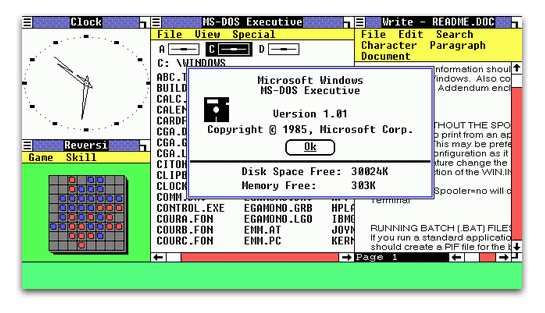
This was the first independent version of Windows developed by Microsoft released on December 20th 1985. It was initially called “Interface Manager” but the then head of marketing in Microsoft Rowland Hanson believed that the name Windows would be more welcome by the customers. 1.x was not a complete operating system but a user interface that was used to operate MS-DOS computers. The features it had were very basic including a notepad, clock, control panel, clipboard, computer terminal, card-filer, calendar, Windows Write (word processor), Windows Paint and a RAM driver.
Windows 2.x followed the next year released on December 9th. This was also to be used in Apple’s Macintosh computers but gained more popularity than the 1.x. among the features added to this version of Windows were Word and Excel. For the first time, software that previously operated only on Macintosh was able to run in Windows. This was none other than the Aldus PageMaker which made Windows even more preferred.
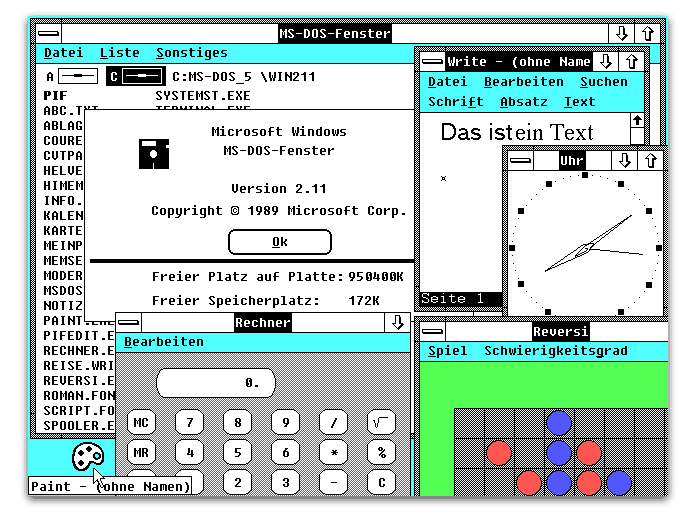
Unlike the Windows 1.x that displayed Windows tiled on the screen, the later version 2.03 brought overlapping Windows which were challenged by Apple as an infringement on the copyright of Apple as agreed when Windows was first released. These claims were however dropped and ruled as uncopyrightable ideas.
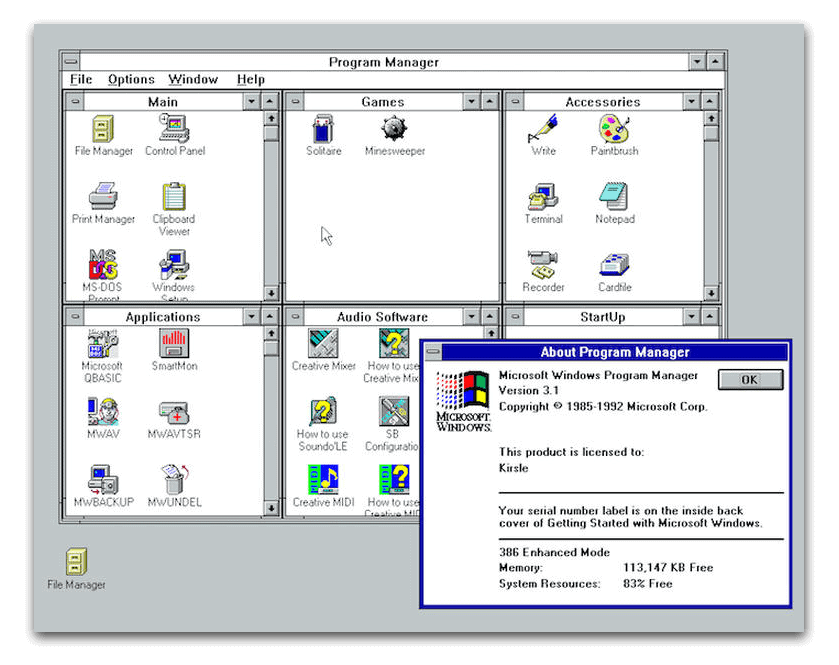
Windows 3.0 was released in May 1990 and brought forth better performance of the native applications on windows allowing users to multitask. How was this achieved? By the introduction of virtual memory. This version looked much better and performed much better as a user interface as it could use more memory. There were three modes in which the 3.0 could be operated including Real, Standard and 386 enhanced modes. It was compatible with most intel processors in use then. Another update was the release of the Windows 3.0 with Multimedia Extensions 1.0 in October 1991. This had a sound card and a CD-ROM drive. Around 10 million copies of this version of Windows were sold in 2 years before the next version 3.1 was released which was an improved version of the 3.0. Later the Windows NT 3.x was released.
Windows 95 and Windows 98
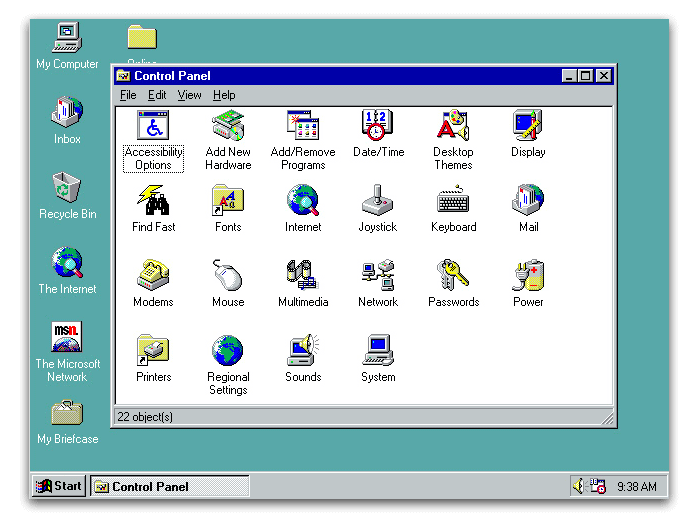
Windows 95 was released on 24 August 1995 and was codenamed Chicago. All the applications ran in the 386 enhanced mode hence better performance. The physical RAM however could not exceed 512 MBs. There were five versions of this operating system that were released namely Windows 95 A, Windows 95 B (OSR2),.. The last three however were never released to the general public. They were available to OEMs who preloaded them on computers. This is the first Widows that the Microsoft Plus! Add-on pack was sold for.
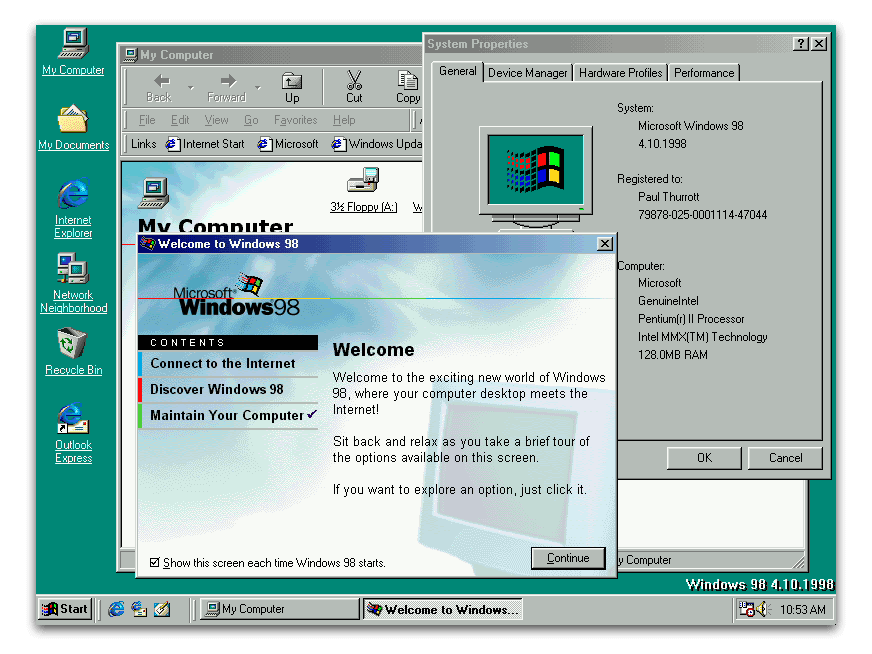
Windows 98 was release on 25th June in 1998 and was code named Memphis. It came with FAT32 file system and new hardware drivers. USB support was introduced and included the Internet Explorer browser whose inclusion, albeit controversial, had begun with the Windows 95 OEM. The second edition of the Windows 98 was released in 1999 which had more features. These included a network address translation allowing Local Area Network (LAN) to share an internet connection and more hardware drivers.
Windows ME and Windows XP
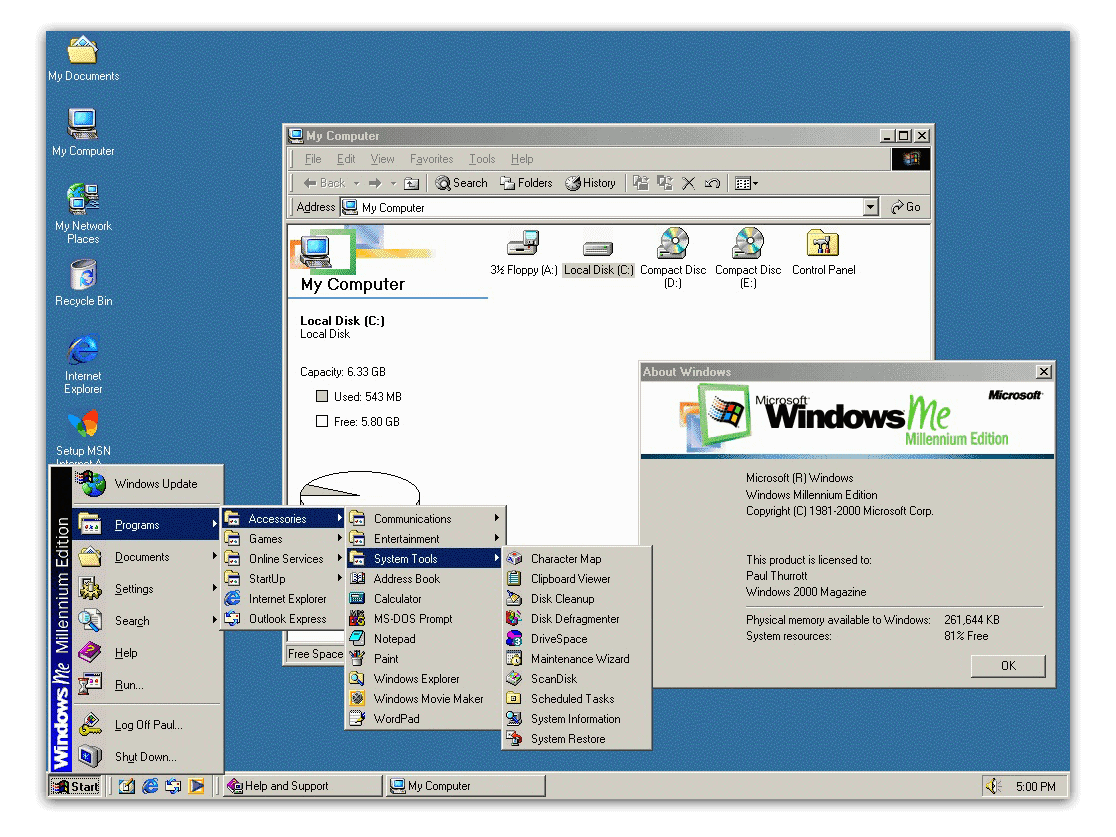
Windows ME (Millennium Edition) was released in September 2000 as a successor of the Windows 98. It was the last operating system that was based on DOS. It had some new features including the first system restore capability with which users would be able to restore the system files to an earlier time. Other features included Windows Media Player 7, Internet Explorer 5.5 and the new Windows Movie Maker which made it easy to edit multimedia files. This operating system remained in operation for just a year and was faced with stability issues.
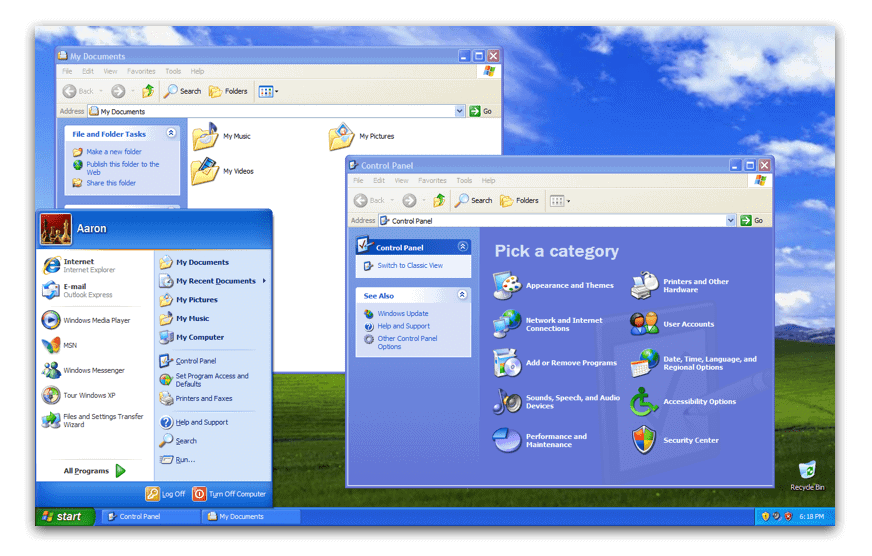
Windows XP was released on 25th October 2001 and was codenamed Whistler. This merged the Windows NT/2000 and the Windows 95/98/ME lines in one. It introduced the Windows NT core into the consumer market replacing the 16/32-bit branch. The initial security criticisms were handled with the release of three service packs the first SP1 released in September 2002. It lasted a long time from 2001 to 2007 when Vista was released. There are several versions that suit different users. These versions are: Windows XP Home Edition, Professional, Media Center Edition…
Windows Vista and Windows 7
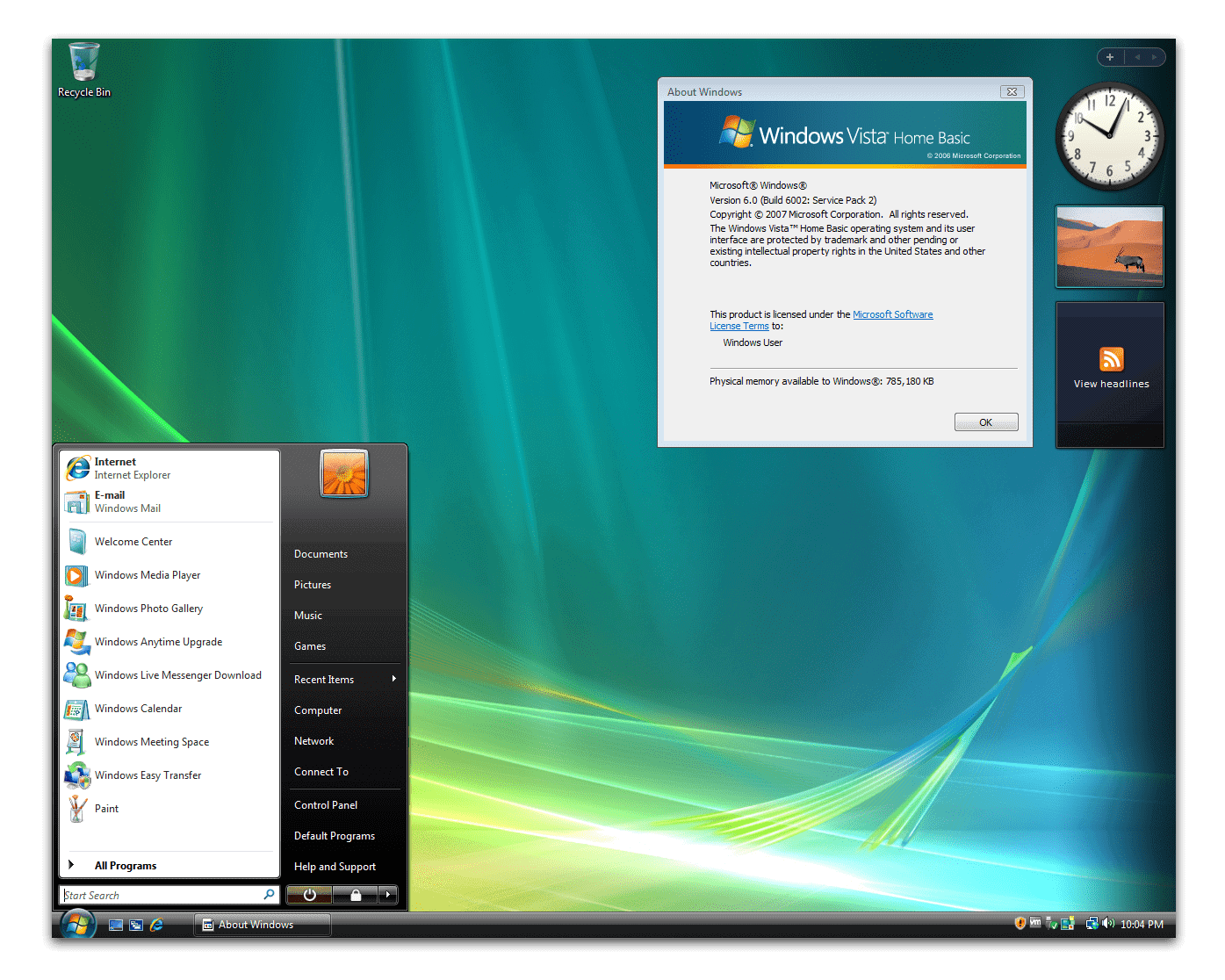
This was first released to businesses then consumers on 8th November 2006 and 30th January 2007. It had better security than XP with a User Account Control. The start button used earlier was replaced with the start orb which had the Windows icon in a circle. There were several architectural changes, new graphical features and new applications. These applications included Internet Explorer 7, Windows Media Player 11, Windows DVD maker and many more. There were six versions of the Vista available for 64 and 32-bit computers. These are Starter (in developing countries), Home Basic, Enterprise and Ultimate…
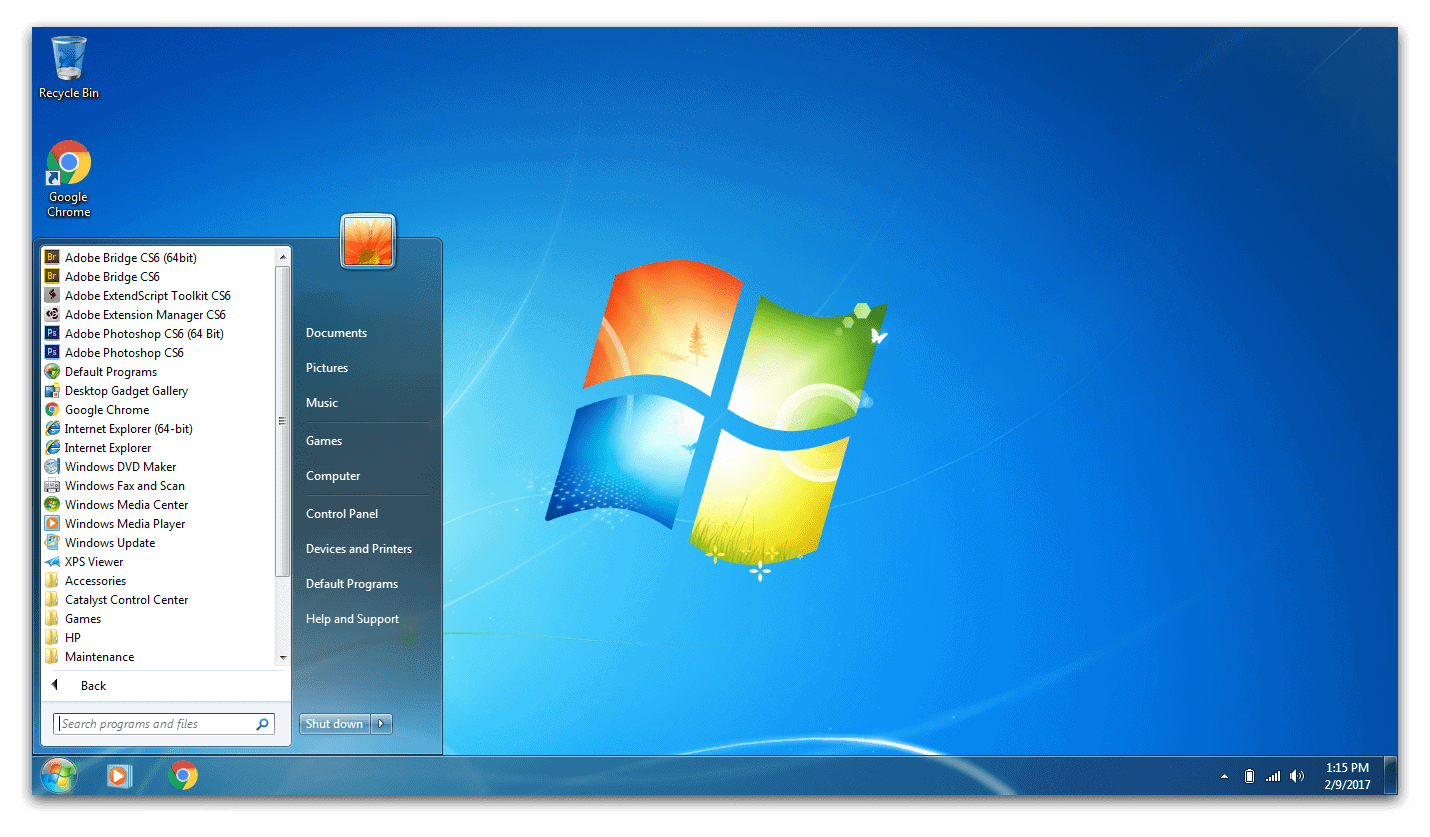
Windows 7 manufacturing begun on 22nd July 2009 but it was not until 22nd October that it reached the market. It has the version number NT 6.1 and was codenamed Vienna or Blackcomb. It came with some great features like Windows PowerShell, fast booting, Device stage, multi-touch, better window management and an easy to use user account control.
Windows 8 and Windows 10
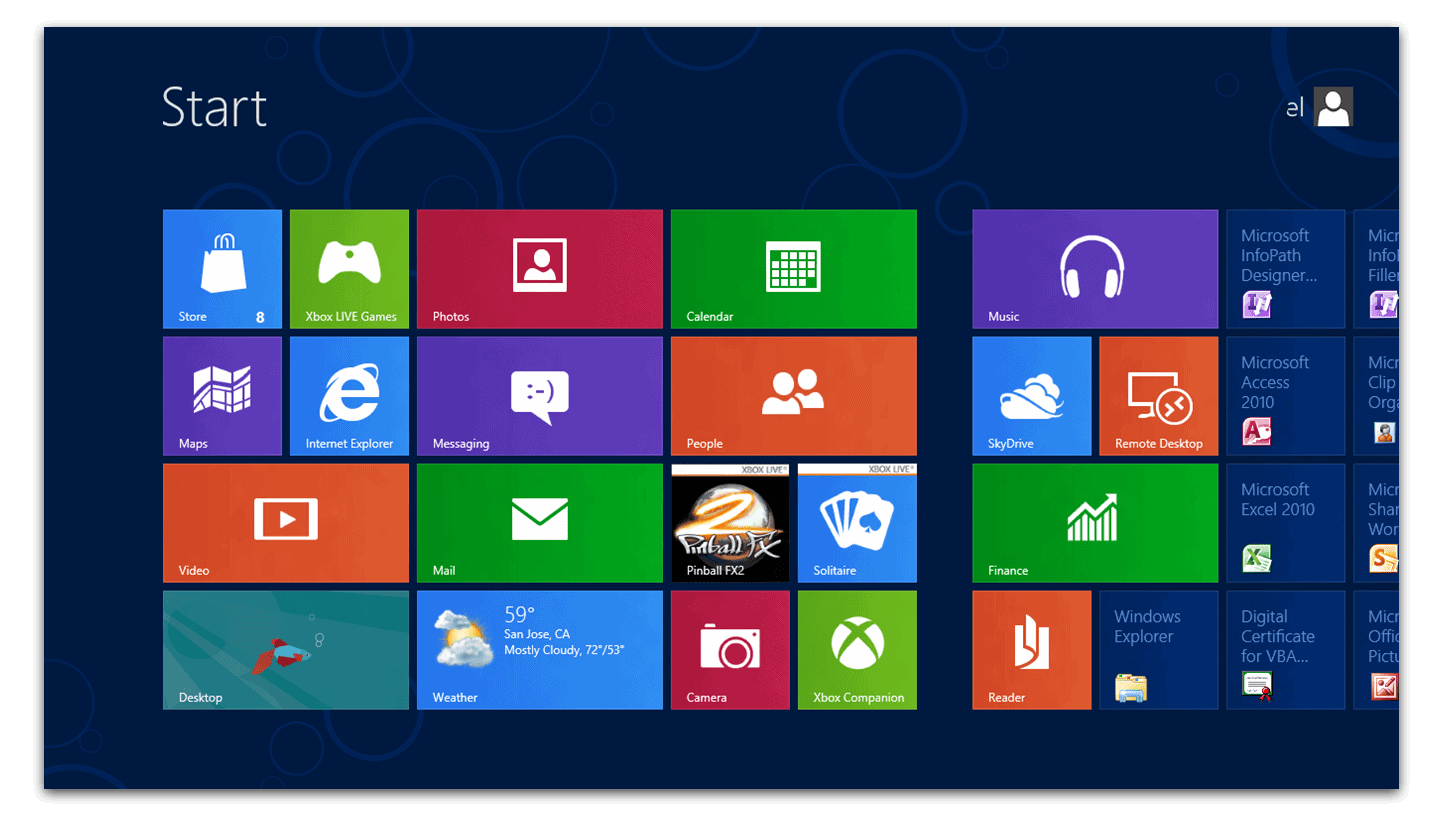
Windows 8 was released on 26th October 2012. It had a redesigned user interface which favors touchscreen users. The desktop interface is also present for those using it on computers. A start screen replaced the start menu. A full screen application was also introduced. The os boots faster and additional new features are USB 3.0 port support, windows store and many more. An update was released as Windows 8.1 but no service pack has ever been released for this operating system. Windows 8.1 was released on 17th October 2013 with which users can be able to resize the tiles on start screen.

Windows 10 is the latest operating system by Microsoft. It was released on 29th July 2015 and came with many new features. These included the Microsoft Edge web browser, Cortana, virtual desktops, unified settings app and many more. Users are able to view applications in Windows store as a window; not fullscreen like in Windows 8. Each of these versions come with additional features which make the Window better.
Microsoft has announced that Windows 10 will be the last major version of the operating systems it will produce. Instead of creating a whole new one, the operating system will be updated often via Windows Update.

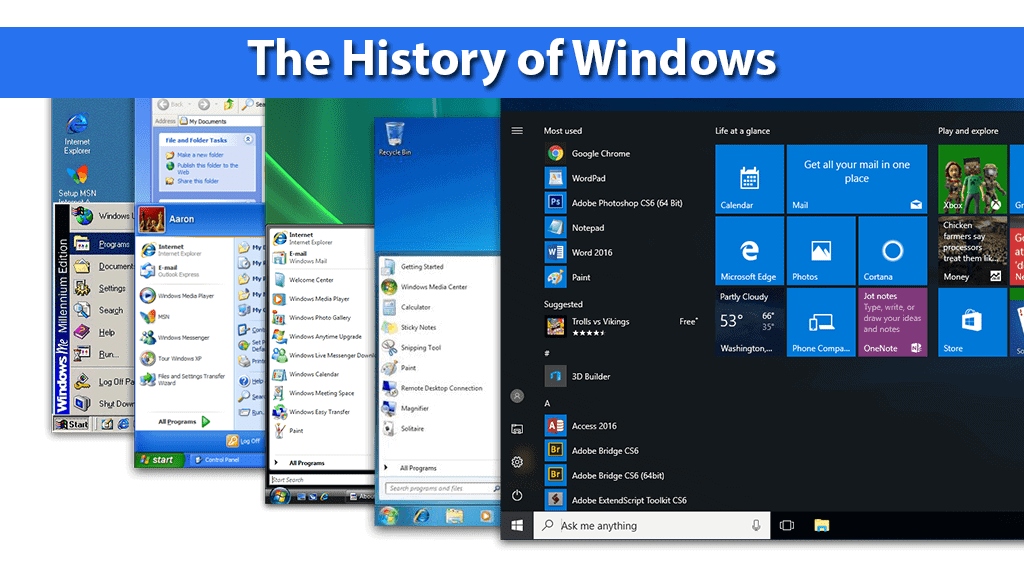






Leave a Comment